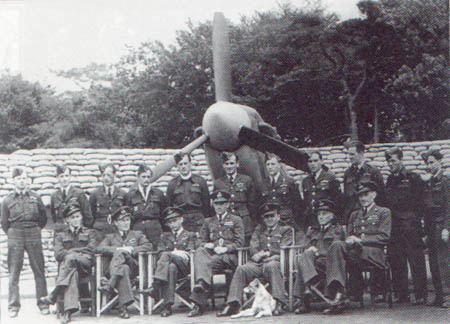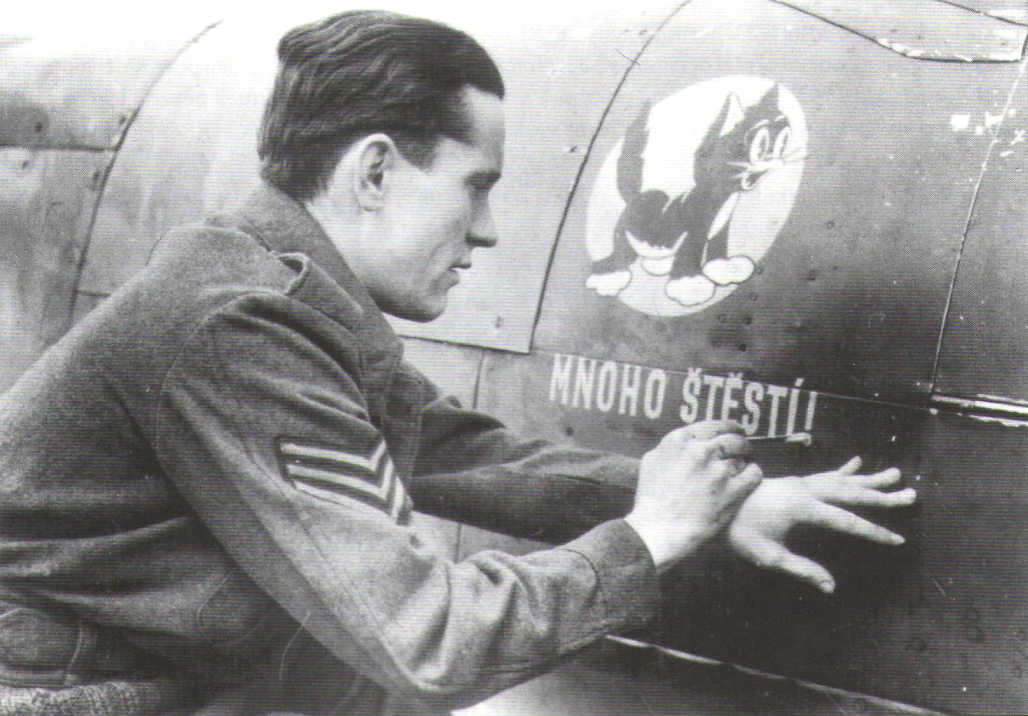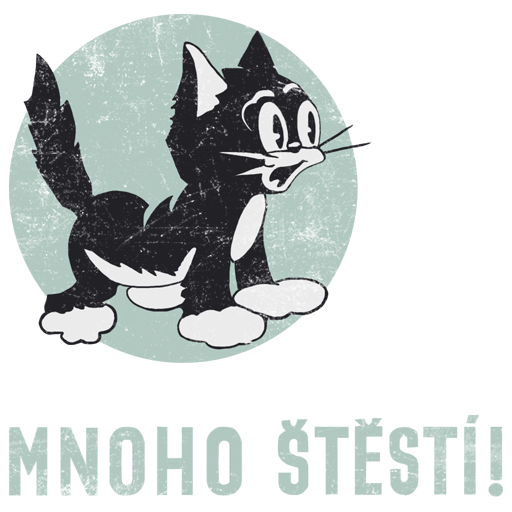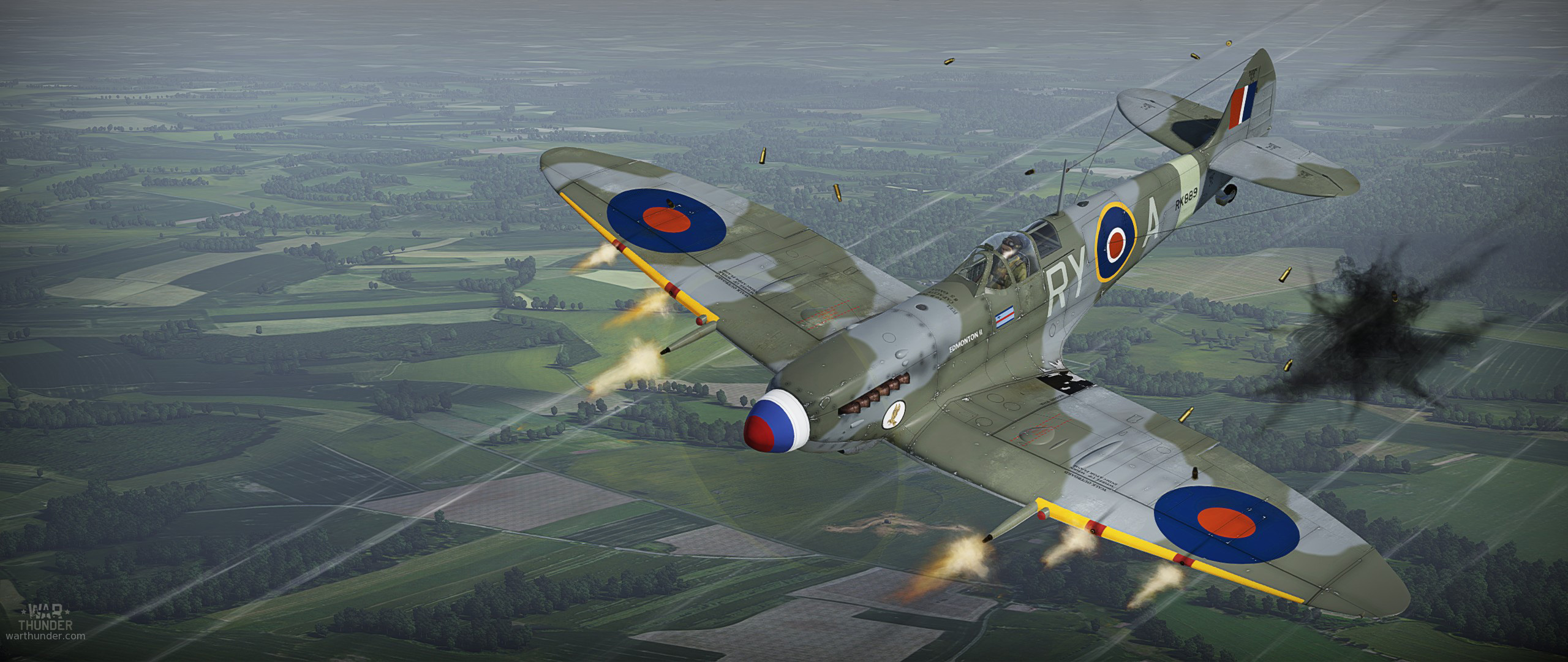
- For PC
- For MAC
- For Linux
- OS: Windows 7 SP1/8/10 (64 bit)
- Processor: Dual-Core 2.2 GHz
- Memory: 4GB
- Video Card: DirectX 10.1 level video card: AMD Radeon 77XX / NVIDIA GeForce GTX 660. The minimum supported resolution for the game is 720p.
- Network: Broadband Internet connection
- Hard Drive: 17 GB
- OS: Windows 10/11 (64 bit)
- Processor: Intel Core i5 or Ryzen 5 3600 and better
- Memory: 16 GB and more
- Video Card: DirectX 11 level video card or higher and drivers: Nvidia GeForce 1060 and higher, Radeon RX 570 and higher
- Network: Broadband Internet connection
- Hard Drive: 95 GB
- OS: Mac OS Big Sur 11.0 or newer
- Processor: Core i5, minimum 2.2GHz (Intel Xeon is not supported)
- Memory: 6 GB
- Video Card: Intel Iris Pro 5200 (Mac), or analog from AMD/Nvidia for Mac. Minimum supported resolution for the game is 720p with Metal support.
- Network: Broadband Internet connection
- Hard Drive: 17 GB
- OS: Mac OS Big Sur 11.0 or newer
- Processor: Core i7 (Intel Xeon is not supported)
- Memory: 8 GB
- Video Card: Radeon Vega II or higher with Metal support.
- Network: Broadband Internet connection
- Hard Drive: 95 GB
- OS: Most modern 64bit Linux distributions
- Processor: Dual-Core 2.4 GHz
- Memory: 4 GB
- Video Card: NVIDIA 660 with latest proprietary drivers (not older than 6 months) / similar AMD with latest proprietary drivers (not older than 6 months; the minimum supported resolution for the game is 720p) with Vulkan support.
- Network: Broadband Internet connection
- Hard Drive: 17 GB
- OS: Ubuntu 20.04 64bit
- Processor: Intel Core i7
- Memory: 16 GB
- Video Card: NVIDIA 1060 with latest proprietary drivers (not older than 6 months) / similar AMD (Radeon RX 570) with latest proprietary drivers (not older than 6 months) with Vulkan support.
- Network: Broadband Internet connection
- Hard Drive: 95 GB
Spitfire HF Mk.IXe, 313th S/Ldr. Otmar Kučera, Manston, spring 1945, camouflage made by -313- Paegas | download here
Socially and financially exhausted by the disastrous First World War, the Austro-Hungarian Empire completely collapsed days before the end of “The War to End All Wars” on 11th November 1918. Months earlier President Woodrow Wilson’s presented his famous “Fourteen Points”, point ten of assured support for ethnic peoples to form their own independent countries. Days after the collapse instigated by Tomáš Garrigue Masaryk and after months of planning, the First Czechoslovak Republic finally became reality on the 14th of November.
 |
| Squadron No.313 |
While strong in terrestrial technology, its aviation was nascent at best, a deficiency the leadership knew needed urgent attention. Announcing the motto "Vzduch je naše moře (Air is our sea)" the government looked to foreign sources to equip and train the new air force while also developing a domestic aero industry with license built and original designs. In short order new companies like Aero, Walter, Letov, and Avia (a division of the enormous Škodovy závody (Škoda Works)) started producing respectable aircraft of both foreign, notable is the MB.200 (French) and Avia B-71 (Russian Tupolev SB), and intriguing domestic Letov Š-328 which was a metal craft completely welded together. The Avia B-534 was a very promising but untested biplane fighter at that time while the B-35/135 monoplane was in development. Meanwhile the size, complexity, and skill of the air force personnel grew producing a respectable air corp in the region well versed in the latest technology and techniques.
The Munich Diktat of 30 September 1938 lead the way to the breakup and occupation of Czechoslovakia by Nazi Germany on 15 March 1939. Experiencing the worsening situation hundreds of Czech military personally fled to Poland and France while suddenly independent Slovakia had to scramble to organize its own air force. When Poland was crushed 6 months later they then fled to France and joined their friends. The French were not aware of their potential in the beginning, but, with time, their self appreciation improved. The welcome was significantly different in England when once again they had to flee.
The RAF found itself with a sudden need for skilled pilots after the fall of France. Thanks to the energy and skill of General Karel Janoušek he negotiated an agreement to form Czechoslovak Air Force units within but operationally subordinate to the RAF. Janoušek was able to create a lot of alliances and strong support despite the fact the Czechoslovak Government in Exile was not officially recognized. Those four units and pilots flying in other units greatly contributed to the defense of Great Britain and to the eventual defeat of Nazi Germany, a service the English are thankful for and equally reciprocated by the Czechoslovaks for allowing to fight alongside as equals.
 |
|
Sgt. Karel Pavlík making a decal |
Unfortunately after the war their home country was not as welcoming as it used to be. Distrust of other nations over some political charters, the practical desertion of their airmen despite their patriotism, horrible treatment under the Nazi regime, the shortages and destruction of war and finally Soviet influence, created a situation where trust did not exist anymore, unfortunately, many pilots who did return were jailed
Post war, with alliances toward the Soviet Union, the air force began to equip itself with Russian hardware as the old German equipment was no longer serviceable. It was not all Russian, as Czechoslovakia did develop terrific aircraft too, such as the Aero L-29 and L-39 trainers and world famous L-13 Blaník. The 1989 “Velvet Revolution” and the subsequent 1992 “Velvet Divorce”, caused the Czech Republic and Slovakia to split the two air forces again, permanently. Today the Czech force is a NATO member and uses mainly western with some domestic aircraft, however, interestingly it uses entirely Russian Mil helicopters while also enjoying a vibrant commercial aircraft industry.
Author: Joe "Pony51" Kudrna
In honour of the Czechoslovak Air Force and its pilots, we will include one of the personal pilot decals of the 313 Squadron with one of the upcoming updates:
Squadron No.313 was the youngest amongst all czechoslovak air units. It was founded in 1941 and solely utilised different models of Spitfires. It’s most famous deeds were committed in battles with the Hornchurch wing during 1941 to 1942. They also took part in different battles over captured France and the invasion of Normandy in June 1944. After returning to Czechoslovakia, it was used as a keystone for newly founded 3rd aerial division.

Decal "Good Luck" made by Jej 'CharlieFoxtrot' Ortiz
See you in the skies




